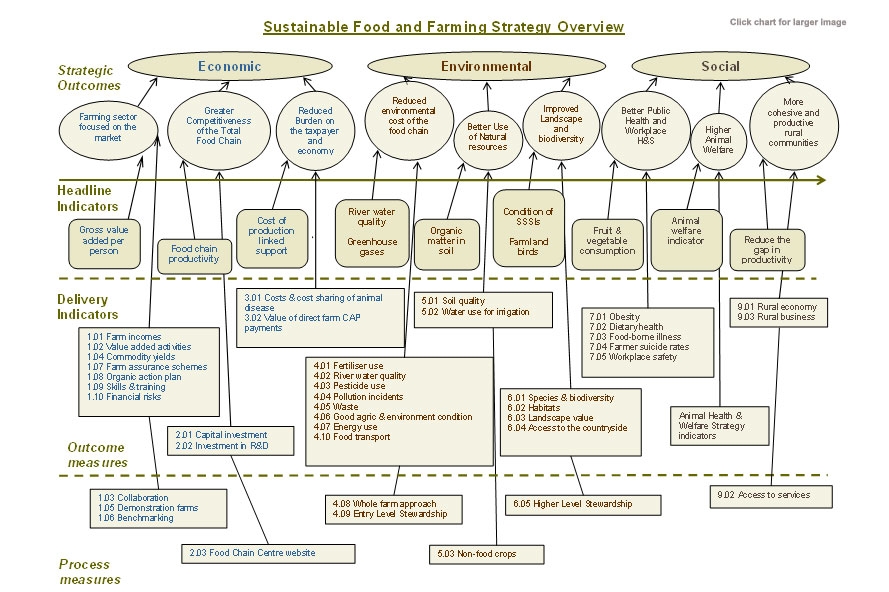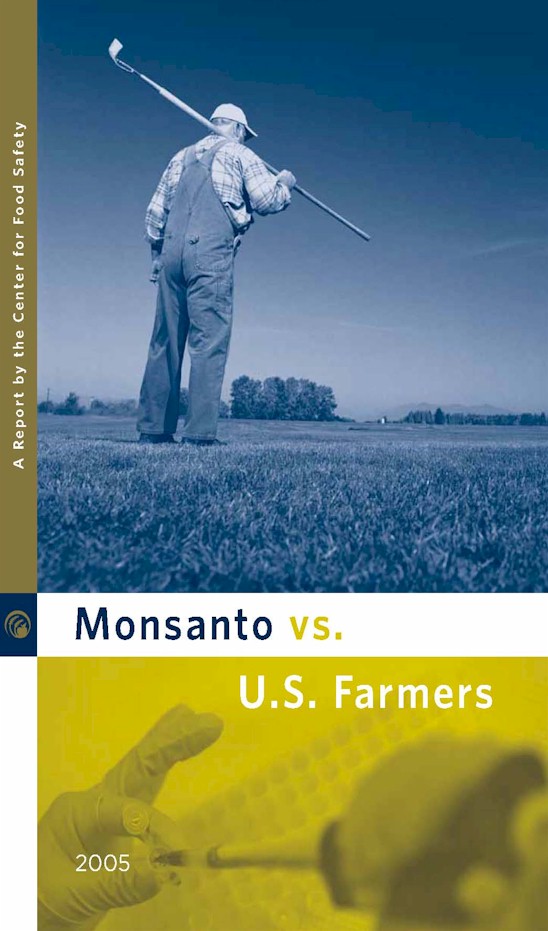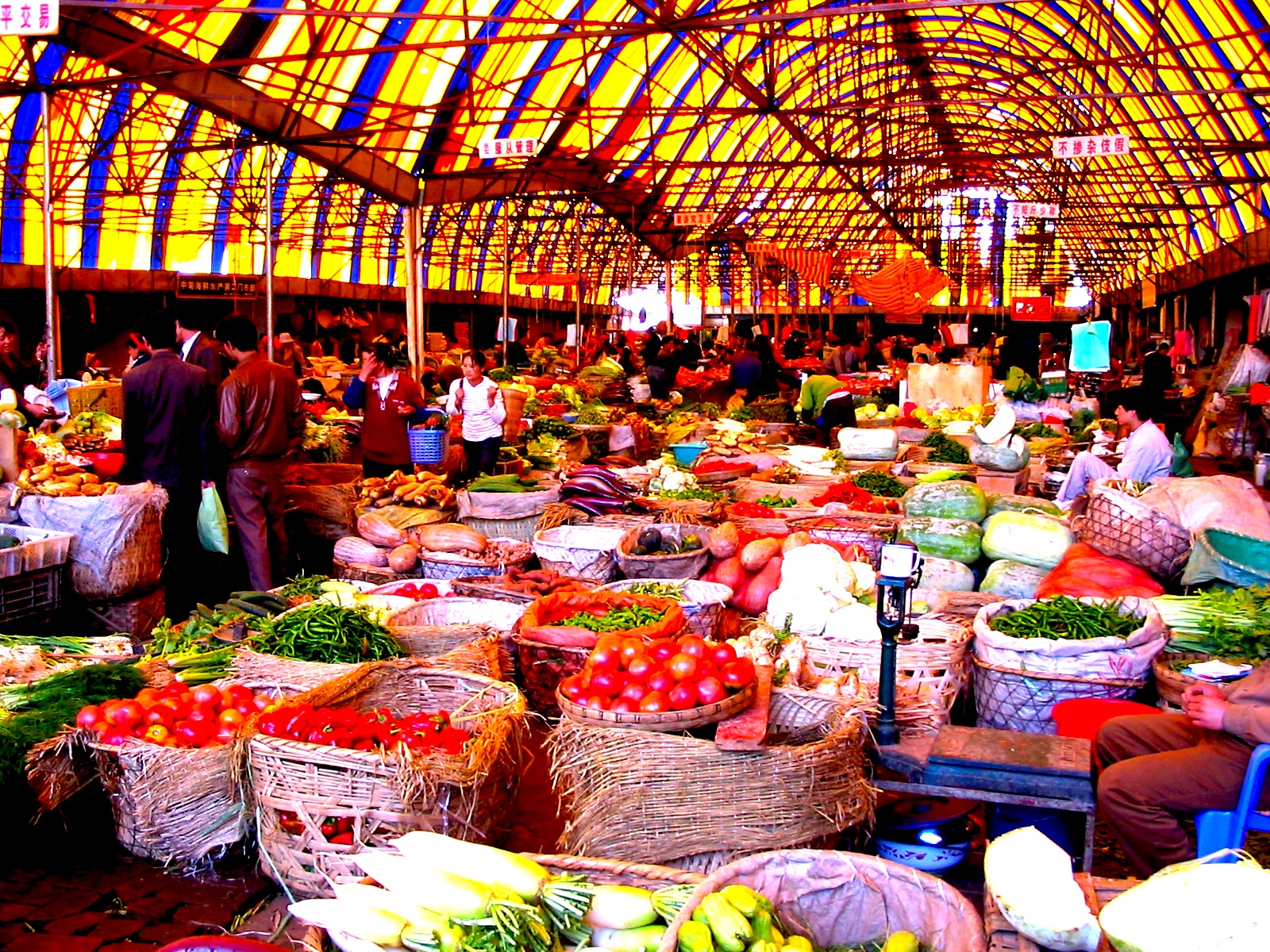 BY ELIZABETH FIEND LIVING EDITOR This is a special season of wondrous fruits and the freshest of vegetables. It only comes once a year and lasts only a few short but tasty months. Right now, this very minute, is the time to jump on board and get with the program of buying your produce from neighborhood farmers markets.There are basically three types of places that grow our produce: big agribusiness factory-type farms, organic farms and recently, a growing movement of small local farms. It used to be a no brainier that if you wanted the best, most healthful food, and could afford it, buy organic. But since the burst of organic farms in the ’60s and ’70s, things have changed and what was a given is suddenly up in the air. Our food system has gotten drastically out of whack due to the industrialization of farming (AKA agribusiness) and the vast fossil-fuel-dependent global distribution network that makes it all possible.
BY ELIZABETH FIEND LIVING EDITOR This is a special season of wondrous fruits and the freshest of vegetables. It only comes once a year and lasts only a few short but tasty months. Right now, this very minute, is the time to jump on board and get with the program of buying your produce from neighborhood farmers markets.There are basically three types of places that grow our produce: big agribusiness factory-type farms, organic farms and recently, a growing movement of small local farms. It used to be a no brainier that if you wanted the best, most healthful food, and could afford it, buy organic. But since the burst of organic farms in the ’60s and ’70s, things have changed and what was a given is suddenly up in the air. Our food system has gotten drastically out of whack due to the industrialization of farming (AKA agribusiness) and the vast fossil-fuel-dependent global distribution network that makes it all possible.
Certainly, buying organic food seems like the way to go since pesticides are strictly a no-no. Organic practices are kinder to the land, they promote good soil development, as opposed to agribusiness techniques which deplete the soil — and hence your food — of vital nutrients. Organic practices don’t pollute the water, the air or the workers on the farm through exposure to toxic chemicals the way agribusiness practices do, either. And a fundamental part of the organic philosophy is to treat their workers fairly and pay a living wage.
But there’s a crisis in the organics world, and it’s called Big Business. Too much of a good thing has gone haywire. Organic food is so much in demand that there just isn’t enough to go around. The only solution has been to change farming methods, to outsource, and to go global to get the desired goods. What was once an industry of small family farms has mushroomed into a new kind of agribusiness, one doing business with Wal-Mart, Kraft, Kellogg and General Mills; one that outsources the growing of organic food to places with little regulation, like China.
been to change farming methods, to outsource, and to go global to get the desired goods. What was once an industry of small family farms has mushroomed into a new kind of agribusiness, one doing business with Wal-Mart, Kraft, Kellogg and General Mills; one that outsources the growing of organic food to places with little regulation, like China.
Big business is finding loopholes in the legal definition of organic and is taking the modern organic farm further and further away from the original, fundamental philosophies of organics. There are already consumer boycotts against organic companies such as Horizon Farms, makers of Silk soy milk, who may not be sticking to the philosophies. In fact, organic standards have deteriorated enough that there’s a whole new classification for farms that do follow the philosophies, deep organics. If you only care about yourself, buy organic. But if you care about the environment and stuff like global warming, or if you have concerns about any of the questionable practices of organic-agribusiness, who to buy your produce from gets a lot more complicated.
If you go agribusiness, how bad is it anyway, you ask? Do you love peaches, apples, sweet bell peppers, celery, nectarines, strawberries, cherries, pears, imported grapes, spinach, lettuce, or potatoes? Than you should know they’re affectionately called The Dirty Dozen by The Environmental Working Group. These are the 12 fruits and vegetables which consistently test for the most pesticide residue.
Is it really better to buy an organic bell pepper rather than one grown by agribusiness, if it’s been grown, then flown from somewhere halfway around the world’ Yeah, that much organic food is being grown in other countries. Will that foreign-grown organic pepper taste better? Will it be fresher? Is it better for you? The answer is: it’s a trade off. Most fruits and vegetables will loose 40 to 60 percent of their nutrients within 48 hours of harvest. The average fruit or vegetable shipped from a distant state or country will spend between seven to 14 days in transit before it arrives at your store. Your organic pepper will probably not be the freshest. That pepper will, however, be free of pesticides.
Manufacturers of pesticides often tout the safety of their chemicals by saying there is no proven evidence of harm to humans, when in fact, there has been no testing. Lack of knowledge does not equal proof of safety. But certainty is increasingly difficult to prove.
We’re all contaminated with trace levels of hundreds of chemicals, literally hundreds. Therefore, it becomes extremely difficult to point to any one and say, “This is the one that gave you cancer.” Or — even more difficult to prove — which combination of these hundreds of pesticides gave you cancer.
We do know that children, with their tiny, undeveloped systems, are particularly at risk. Even tiny doses can have a big impact on the development of a child’s vital organs and systems like the nervous system and brain. Slight exposure, even while still in the womb, can have permanent if subtle damage over time.
Endosulfan, a relative of DDT, is found more often on our food than any other pesticide. High doses cause convulsions, headaches, hyperactivity and dizziness. Studies on animals show that long-term exposure also damages the kidneys, liver, and testes as well as the ability to fight infection. It’s said to be unknown if these effects cross over to humans. As for cancer: inconclusive.
But there’s no denying there’s been a rise in both breast and prostate cancers. And over the past 60 years, there are also alarming declines in the average male sperm count. Endosulfan is an endocrine or hormone disrupter — it has de-masculinizing properties and disrupts communications between different chemicals in our bodies. Is there a relationship between the increase in cancers, decrease in sperm and endosulfan? We don’t know and can’t prove it either way.
Is there a relationship between the increase in cancers, decrease in sperm and endosulfan? We don’t know and can’t prove it either way.
Don’t try that “Finally! A good excuse not to eat vegetables and fruits” stuff with me, either. Even eating macaroni and cheese, chicken nuggets or ice cream will expose you to the insecticides DDT, and chlorpyrifos-methyl and malathion. Cheese and ice cream come from cows and chicken nuggets from . . . I guess, chickens. Cows and chickens eat plant-based food treated with pesticides. The toxic residue is passed on to you when you eat them. And macaroni is made from wheat that’s been sprayed with pesticides.
There are also environmental concerns about pesticides. Endosulfan is usually sprayed onto crops, but the mist can travel long distances from its target. It enters our air, water and soil not only when it’s sprayed on our food,  but also when it’s manufactured. It doesn’t dissolve easily in water. It also sticks to soil particles and takes years to break down.
but also when it’s manufactured. It doesn’t dissolve easily in water. It also sticks to soil particles and takes years to break down.
Endosulfan is banned in Germany, Norway and Australia. Several developing countries have their sh*t together enough to ban it too. But it’s not banned in the US.
So pesticides are affecting everything, even our drinking water. If you eat organic, you’re still being exposed to pesticides. Bummer.
The environmental impact of moving produce around the country and across the world is throwing a monkey wrench into the equation of from whom we should buy our food. The further food travels, the more fossil fuel is used and the greater disaster it is for the environment. If it’s conventionally grown or organically grown, that bell pepper is packed, chilled and shipped the same way, doesn’t matter how it was grown.
In the U.S., most produce travels between 1,500 and 2,500 miles from farm to plate. That’s a whopping 25 percent farther than in 1980. That’s agribusiness at work and unfortunately, increasingly how organic products work too.
But food locally grown doesn’t have to travel far. Carbon dioxide emissions are reduced, less refrigeration and packing materials are needed. Eating locally grown food is so much better for the environment.
Many of these small local farms don’t use pesticides and follow organic practices whenever possible. Since it’s very expensive and time consuming to go through the legal challenges to become “certified organic,” small farms don’t bother with the technicalities of being organic. They simply follow the spirit of the organics movement instead. These farms are called sustainable.
This growing movement of sustainable farming is bringing back old ways of consciousness farming practices, like Mom and Pop did on the farm in the early part of the last century. These ways have less of a negative impact on the land and the people who grow our food. These are usually small, family farms which grow food with a great passion for health and the land. They’re farmers because they really care.
You can buy your food directly from these farmers at markets which are popping up all over our area and around the country. Local farms supply you with the absolute freshest food possible. They select species of produce based on taste, not the veggie’s ability to travel long distances undamaged, so you’re also going to get premium taste. If you buy at a farmers’ market, odds are that the food you buy was picked less than 24 hours before your purchase. Amazing! It will be picked ripe and at the height of its flavor and it will be packed with nutrients.
you with the absolute freshest food possible. They select species of produce based on taste, not the veggie’s ability to travel long distances undamaged, so you’re also going to get premium taste. If you buy at a farmers’ market, odds are that the food you buy was picked less than 24 hours before your purchase. Amazing! It will be picked ripe and at the height of its flavor and it will be packed with nutrients.
You can actually talk to the farmer, the same one who grew your food. They’re usually the ones who sell you the food at these markets. Ask them if they use pesticides and on which foods. Make an informed decision.
By buying from local farmers, you keep your money in your own ‘hood, supporting the local economy with every purchase.
Local farms will soon disappear if we don’t support them. There’s a sense of urgency here. A lot of farm land is being sold off to make suburban housing developments of McMansions. Buy from the small farmers now or soon you won’t have a choice because they’ll be extinct.
Steps to Take:
Shop at your local farmers market as often as possible. They’re open right now!
Always wash your fresh food, don’t skip this important step.
Eat a wide variety of foods. It’s the most nutritious way to eat, plus specific pesticides are used on specific crops. By eating a variety of food you limit exposure to any one chemical.
If you’re pregnant, breastfeeding or have small children, feed them and yourself organic or pesticide-free produce whenever possible.
Eat freely onions, avocados, and sweet corn. They headed the Consistently Clean list. And pineapples, mango, asparagus, sweet peas, kiwi, bananas, cabbage, broccoli, and papaya complete the consistently most pesticide free list. They’re all delicious and great for you.
List of Philadelphia area farmers markets:
Download your own Safe Food/Dirty Dozen wallet-size cheat-sheet:
Environmental Working Group:
http://www.ewg.org/sites/foodnews/release.php
Pesticides:
http://www.foodnews.org/reduce.php
http://pmep.cce.cornell.edu/fqpa/
http://www.nofany.org/hottopics/pesticidesinfood.html
http://envirocancer.cornell.edu/FactSheet/Pesticide/fs24.consumer.cfm
Endosulfan:
http://www.atsdr.cdc.gov/tfacts41.html
http://www.inchem.org/documents/hsg/hsg/hsg017.htm
http://www.abc.net.au/rural/news/stories/s1116293.htm
Organics boycott:
http://www.democracyinaction.org/dia/organizationsORG/oca/campaign.jsp?campaign_KEY=4756
ABOUT THIS COLUMN: At no time in recorded history have we possessed so much knowledge about health and nutrition, nor have we ever had such vast and effective machinery for disseminating that knowledge — and yet, for all intents and purposes, we live in hi-tech Dark Age with the vast majority of the global population essentially ignorant or confused about the basic facts of their own biology. How did this happen? Well, that’s a whole six-part mini-series in and of itself, but the short answer is that the bottom line of many a multi-national corporation is dependent on that ignorance, and vast sums of money are expended to maintain it. The global warming argument is a classic example. When scientific fact did not favor Big Oil, they hired their own scientists to to conduct and publish studies that contradicted the peer-reviewed facts about the environmental impact of carbon-based emissions. As a result, whenever the latest global warming news is relayed to the public, it always comes with the caveat that “some dispute these findings.” There was time when newspapers saw it as their duty to truth squad these debates, but that’s long since become a luxury most papers can no longer afford — better to hire another gossip columnist and give the people what they want. To fill this crucial gap, Phawker began publishing the JUNK SCIENCE column by Elizabeth Fiend, beloved host of Big Tea Party. Every week, Miss Fiend connects the dots to reveal a constellation of scientific facts that have been hiding in plain sight — scattered across the vast, cold reaches of the Internet. With a background in punk rock and underground comics, and longstanding employment as a library researcher, Miss Fiend doesn’t pretend to be a scientist or an expert. She does, however, know how scientific facts become diluted by corporate-sponsored non-facts, and every week she separates the smoke from the mirrors. Why? Because she loves you.

